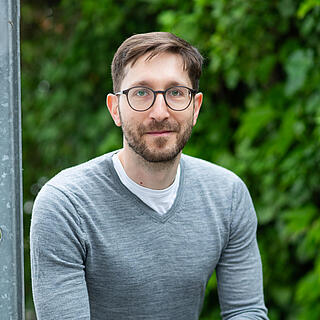Sustainable, low-carbon hydrogen is the fourth pillar of the energy transition after renewable energies, energy efficiency and electrification. Hydrogen and electricity-based fuels (e-fuels) will play an important role in the future energy supply, as the publication of the German government’s National Hydrogen Strategy has made clear.
The Oeko-Institut is engaged in a range of projects that focus on the production and sustainability of hydrogen and electricity-based fuels. Its experts provide advice to decision-makers on legislative initiatives, analyse and assess sectors with potential for hydrogen use and conduct research on the required sustainability criteria. To that end, the Institute has developed an action programme on the use of climate-neutral hydrogen in Germany. It shows that hydrogen should be used mainly in sectors where there are no other decarbonisation options, such as industry, aviation and shipping. In other words, hydrogen is not the key to the mobility or heat transition. The Institute also calculates the realistic potential of hydrogen production over the next 10 to 15 years, infrastructural development needs and projected costs.
![[Translate to English:] © plainpicture / Valentin Weinhäupl](/fileadmin/_processed_/9/b/csm_Energiewende-Klimapolitik-Wasserstoff-EFuels_plainpicture-Valentin-Weinh%C3%A4upl_adce16d096.jpg)











